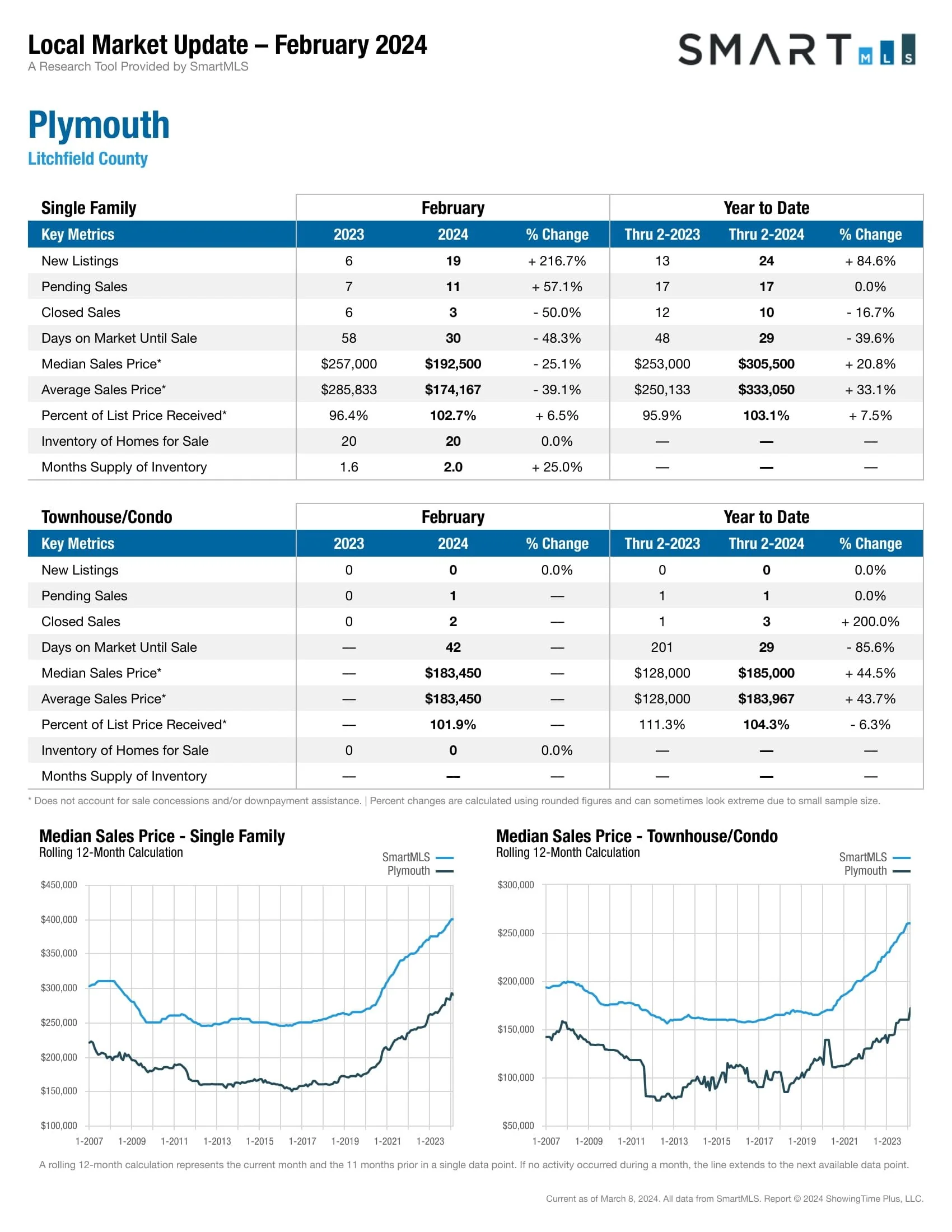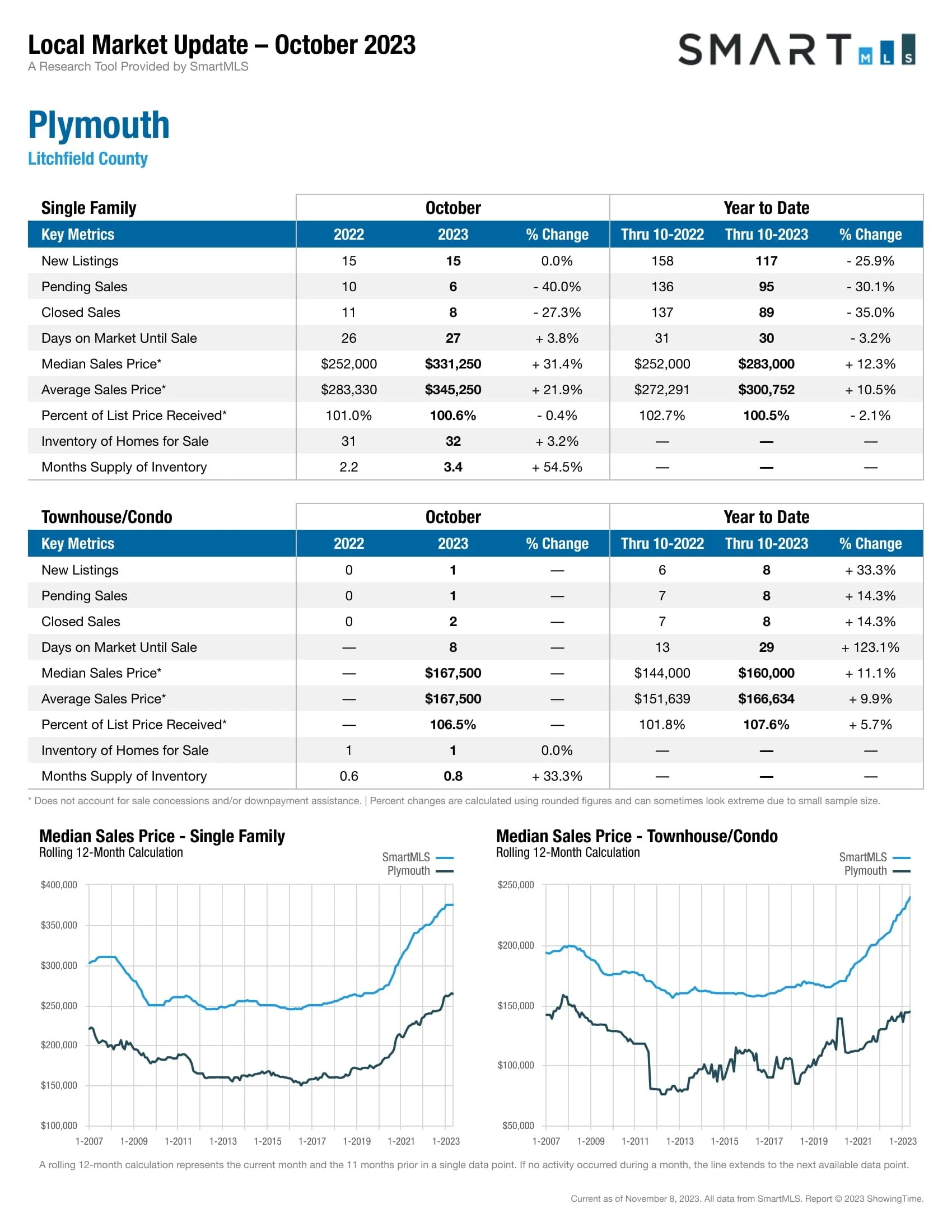plymouth
Incorporated in 1795, the Town of Plymouth owes its beginnings to the foresight of such manufacturers as Eli Terry, Seth Thomas and Silas Hoadley. The manufacture of clocks first gave Plymouth national recognition. Eventually Seth Thomas moved from Plymouth Center to Plymouth Hollow (now Thomaston) to continue the trade. Eli Terry, Jr. carried the Terry name eastward to (now) Terryville where clocks, and beginning in 1830 locks, were manufactured through harnessing the power of the Pequabuck River. The latter enterprise became known as the Eagle Lock Company, which enjoyed a worldwide reputation and employed some 1,800 persons at its peak.
Plymouth Center, while never a manufacturing center, retains most of its small town colonial charm and many of the original homes of the Town's industrial entrepreneurs. On July 22, 1999, the Plymouth Center Historic District was listed on the National Register of Historic Places. Expanded the following year, it now encompasses 136 acres of land and contains 126 historic assets such as buildings, sites, and objects. The focal point of the Plymouth Center Historic District, Plymouth Center Village, is the green upon which it was reported that Union troops drilled during the Civil War era and now stands the Plymouth Congregational Church which houses the only Eli Terry wooden works tower clock in the world.















